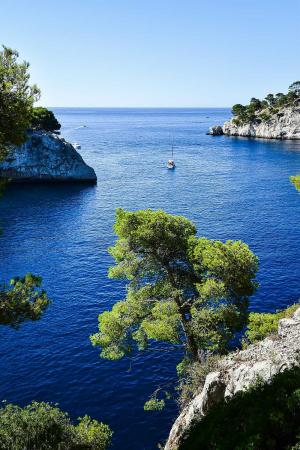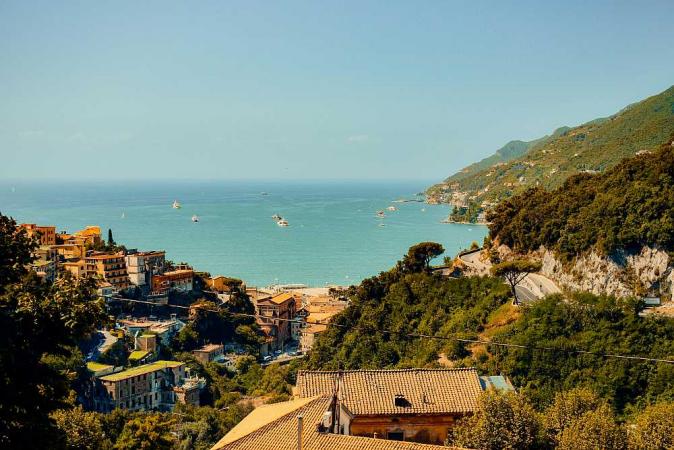JUNE 21 – 28, 2026
AUGUST 2 – 9, 2026
7 NIGHTS
Norwegian Cruise Line Epic
AUGUST 2 – 9, 2026
- At Port almost Every Day
- One of the Highest Rated European Sailings
- World Travel Awards for Best Cruise Line
ITINERARY
Day 1, Sun
Rome (Civitavecchia), Italy (EMBARK) - Departs 4:00pm
Day 2, Mon
Salerno, Italy - Arrives 7:00am - Departs 6:00pm
Day 3, Tues
Messina (Sicily), Italy - Arrives 7:00am - Departs 6:00pm
Day 4, Wed
At Sea
Day 5, Thurs
Florence/Pisa (Livorno), Italy - Arrives 7:00am - Departs 10:00pm
Day 6, Fri
Nice/Monaco (Villefranche), France - Arrives 7:00am - Departs 6:00pm
Day 7, Sat
Provence (Marseille), France - Arrives 7:00am - Departs 5:00pm
Day 8, Sun
Barcelona, Spain (DISEMBARK) - Arrives 6:00am
Rome – Rome was called the “Eternal City” by the ancient Romans because they believed that no matter what happened in the rest of the world, the city of Rome would always remain standing. Exploring the city centre by foot surrounded by glorious monuments and colossal remains takes you back in time to the “glory that was Rome”.
Jewish Rome: The first Jews in Rome came directly from Israel in 160 B. C. It was Chanukah and the Maccabees decided to travel as ambassadors to Rome in order to ask for protection from the Romans against the Syrian King Antiochus who had been giving the Jews in Palestine a hard time. This small group of Jews settled and created the first community in the Golah. All that happened more than 2,000 years ago…and still we thrive here today, after the Inquisition, the persecutions, the Ghetto and the concentration camps. There are only 16,000 Jews in Rome, yet we are the oldest community in this city. We never moved from here. We have been witness to so much change, yet our traditions and values still remain strong while living a Jewish life in a society based around Christianity. The Jewish Rome is, however, more extensive than the ancient perimeter of the ghetto. All over Rome you can attend and visit many temples with different customs – Sephardic, Italian, Moadim – and discover the traces of Jewish presence even in the Roman Forum or the archaeological site of Ostia Antica.
Amalfi Coast (Salerno) – The Amalfi Coast is one of Italy’s most breathtaking regions, with dramatic cliffs, colorful villages like Amalfi and Positano, and the sparkling waters of the Tyrrhenian Sea. Salerno, the gateway to the coast, is a vibrant city known for its medieval cathedral and beautiful seaside promenade. In the Middle Ages, Salerno’s School of Medicine was the most prestigious in Europe, and Jewish physicians and scholars played an important role in its development. The Jewish quarter, once thriving, reflects the important intellectual and cultural contributions of the Jewish community to Salerno’s golden age.
Messina – A must-see for cruise ships taking tourists around the Mediterranean. The best way to explore it is on foot, that is why it is also the favorite destination for this kind of tourism.
Florence/Pisa (Livorno) – One art piece of Jewish themed art dominates this beautiful city is David, created by the artist Michelangelo. Just across the Ponte Vecchio, in the maze of old lanes that face the Pitti Palace, is the via Ramagliau (once called Via dei Giudei or “Street of the Jews”) which remains unchanged from the Renaissance. The streets are about 10 feet wide and are framed in gray and yellow, three story houses with brown shutters.
The famous Duomo was started in 1296, and what most people don’t see are the wooden side doors on the south side of the cathedral, where one can see one Tablet of the Law with the first five commandments written in Hebrew. Another set of carved doors were started in 1425 and finished in 1452. They are the 10 carved panels on the doors of the Baptistery, which represent 10 scenes from the Bible as carved by Lorenzo Ghiberti.
The famous Medici ruler and humanist Lorenzo the Magnificent invited Sephardic Jews to settle in Florence in the fifteenth century because he wanted to have international traders and bankers in the city state. Even when the ghetto existed, restrictions were not so rigorously enforced, so Florence became a safe haven for Jewish refugees fleeing from Spain and the other Papal States. When Napoleon opened the gates of the ghetto, it was not such an enormous change as elsewhere. Again, in Florence the occupation of the Germans meant that about one-fourth of the community, including the rabbi, were sent to the death camps.
Nice / Monaco (Villefranche) – Nestled on the French Riviera, Villefranche is a charming port from which travelers can explore Nice with its Belle Époque elegance and colorful Old Town, or Monaco, the glittering principality famed for its royal palace, casino, and harbor filled with yachts. Nice has had a Jewish presence for centuries, growing especially with Sephardic arrivals from North Africa in the 19th and 20th centuries. Today the community remains active with synagogues and cultural institutions. Monaco, too, has Jewish roots; while Jews faced deportation under German occupation in WWII, many were protected thanks to local resistance, and the community has since reestablished itself in this small but historic principality.
Provence – Marseille - Marseille is one of Europe’s oldest cities, founded by the Greeks, and remains a bustling port full of character. Its historic Old Port, vibrant markets, and the hilltop basilica of Notre-Dame de la Garde make it a city full of Mediterranean energy and beauty. Jews have lived in Marseille since antiquity, and today it is home to one of the largest Jewish communities in France. The modern community flourished after WWII, when many Sephardic Jews from North Africa settled here, adding to the cultural vibrancy of the city. Active synagogues, kosher shops, and cultural centers make Marseille a thriving hub of Jewish life in the south of France.
Barcelona – Barcelona is a city of endless energy and creativity, with its Gothic Quarter, Las Ramblas, and the fantastical architecture of Antoni Gaudí, including the Sagrada Família and Park Güell. The city blends a rich medieval past with a modern cosmopolitan spirit.
The Jewish quarter, known as the Call, was once a vibrant center of Jewish life in medieval Barcelona. The Sinagoga Major, one of Europe’s oldest synagogues, still stands today and can be visited as a museum. Though the community suffered devastation in the pogroms of 1391, Jewish life has returned to Barcelona, and today the city is home to a renewed and diverse Jewish community.

